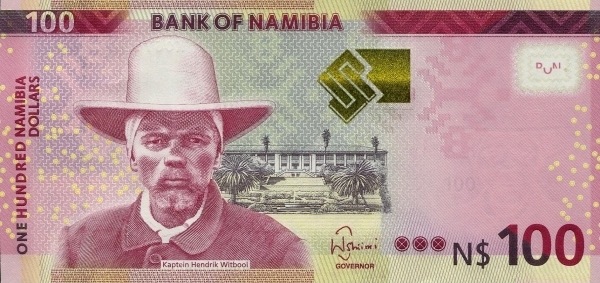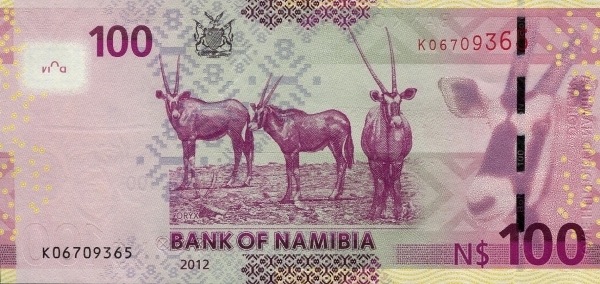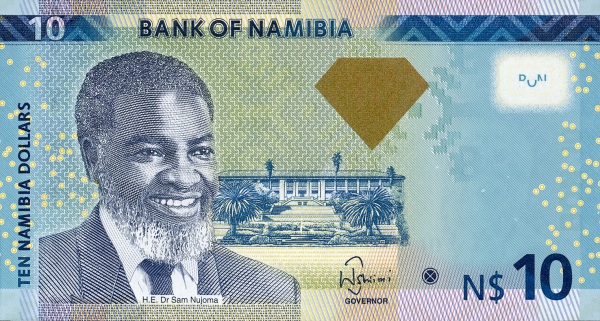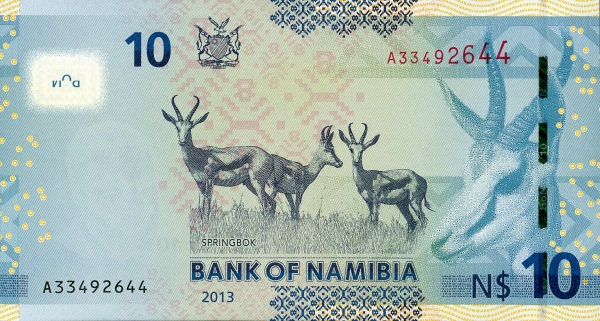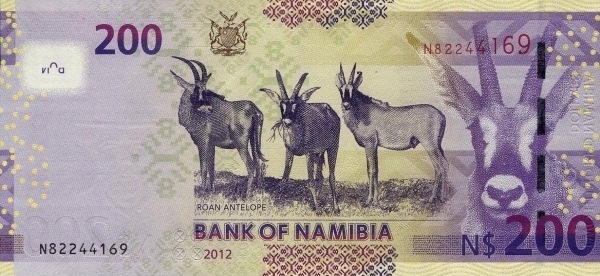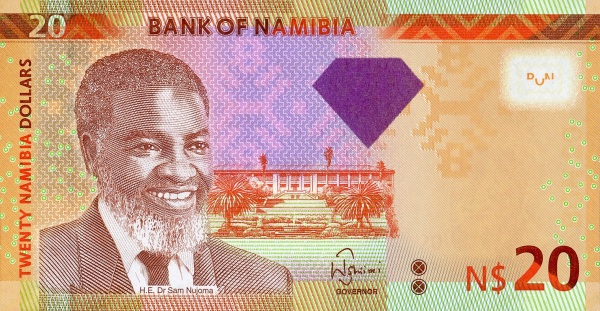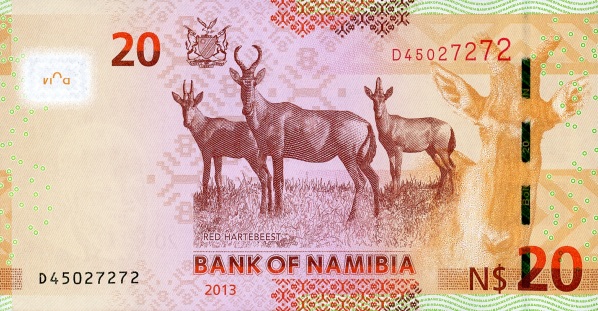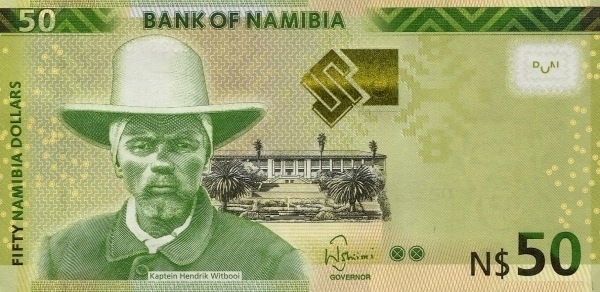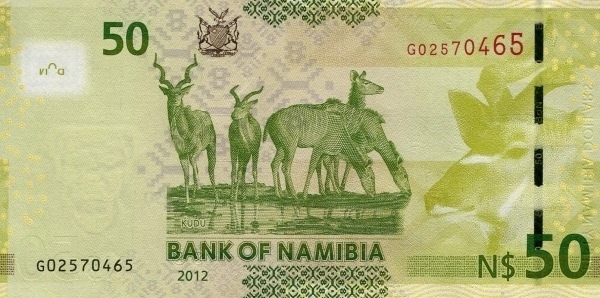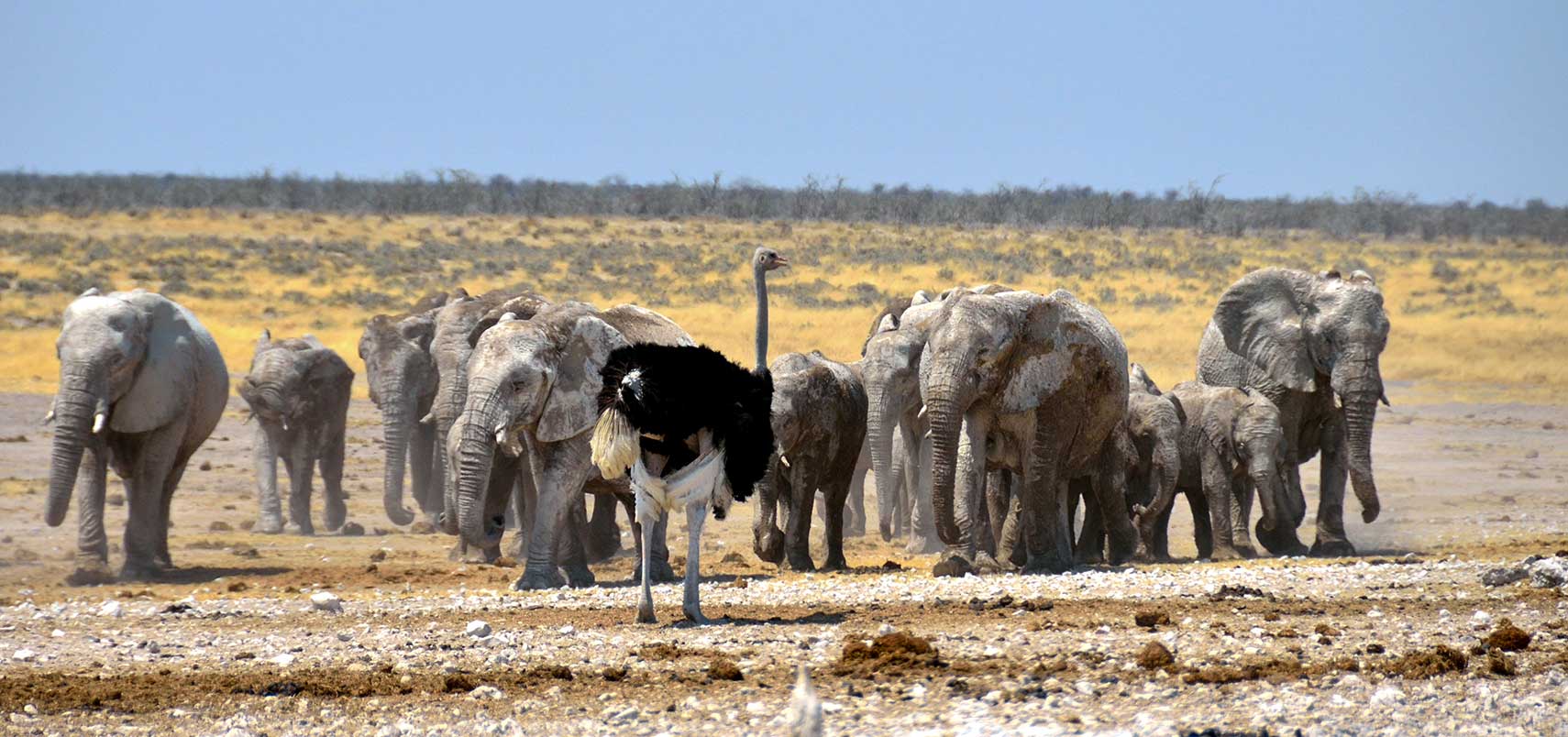Introduction to Namibia
Namibia, an incredible African nation situated in the southwestern region of the continent, showcases stunning landscapes and a rich cultural heritage. Bordered by Botswana, Zambia, and Zimbabwe, the country features the vast Atlantic Ocean to its west. The southern boundary with South Africa follows the course of the Orange River, while the Kunene and Okavango Rivers define parts of its northern border with Angola. This diverse geography contributes to the varying ecosystems and wildlife that attract visitors from around the globe.
A Brief History
On March 21, 1990, Namibia achieved independence from South Africa, marking a significant milestone in its history. The name "Namibia" comes from the Namib Desert, a remarkable expanse that stretches along the Atlantic coast. The country's fascinating past also includes its experience as a German colony, called Süd-West Afrika, before being occupied by South Africa during World War I. South Africa governed Namibia as a mandate and later annexed the territory after World War II.
In 1966, the South-West Africa People's Organization (SWAPO) initiated a guerrilla warfare campaign for independence. This struggle for freedom persisted until 1988, when the apartheid regime in South Africa finally agreed to end its administration, leading to Namibia's independence in the following years.
Geographical Features
Covering an area of 824,292 km² (318,260 sq. mi.), Namibia is 1.5 times larger than France and about half the size of the US state of Alaska. The landscape varies from the coastal Namib Desert to the fertile regions in the north. This vast country boasts diverse habitats that are home to an impressive array of flora and fauna, including some endemic species.
The Namib Desert, one of the oldest deserts in the world, features iconic red sand dunes, such as those found at Sossusvlei, which attract photographers and nature enthusiasts alike. The Fish River Canyon, one of the largest canyons on Earth, showcases the breathtaking beauty of Namibia’s natural formations. Additionally, the Etosha National Park, famous for its salt pan and abundant wildlife, provides visitors with unforgettable safari experiences.
Demographics and Culture
As of 2020, Namibia has a population of approximately 2.5 million people, making it the second least densely populated country globally, following Mongolia. Windhoek serves as the capital and largest city, located in the central highlands. The nation boasts a rich tapestry of cultures, with various indigenous groups contributing to its vibrant heritage.
Several languages are widely spoken across Namibia, with English serving as the official language. Other prevalent languages include Ovambo, Khoekhoe, and Afrikaans. This linguistic diversity reflects the multi-ethnic society that enriches Namibia's culture, providing a unique blend of traditions and customs.
Constitution and Environment
Namibia's progressive constitution stands out, as it was the first in the world to incorporate environmental protection as a fundamental principle. This commitment to sustainability emphasizes the need to preserve the country’s breathtaking landscapes and biodiversity for future generations. Namibians take immense pride in their eco-conscious approach, which resonates through various initiatives aimed at conserving wildlife and natural habitats.
Economic Landscape
Namibia operates as a lower-middle-income nation, with its economy primarily driven by mining, fishing, agriculture, and tourism. The country capitalizes on the export of essential raw materials, including minerals, diamonds, livestock, and fish. Mining contributes approximately 12.5% to the nation’s Gross Domestic Product (GDP) while generating over 50% of foreign exchange earnings.
Namibia is renowned for its rich alluvial diamond deposits, positioning it as a crucial source for gem-quality diamonds on the global stage. Furthermore, marine diamond mining has gained prominence, demonstrating the country’s adaptability in maintaining its economic stability. Notably, Namibia ranks among the leading producers of uranium, harnessing its mineral resources to propel its economy.
Challenges in Namibia's Economy
Despite its wealth of natural resources, Namibia's economy remains vulnerable to fluctuations in global commodity prices. External market influences can significantly impact the country's revenue streams, making economic resilience essential. Additionally, natural disasters, particularly drought, pose significant threats, especially in rural areas where food shortages can escalate dramatically during such events.
The Importance of Tourism
Tourism plays a vital role in Namibia's economy, attracting visitors eager to explore its unique landscapes, culture, and wildlife. The nation's national parks and protected areas offer outstanding opportunities for eco-tourism. Travelers flock to observe the Big Five—lion, leopard, elephant, rhinoceros, and buffalo—in their natural habitats. Such experiences create jobs, boost local economies, and foster a greater understanding of conservation efforts.
In addition to wildlife safaris, adventure tourism has gained traction, with activities such as sandboarding in the Namib Desert, hot air ballooning over the scenic vistas of Sossusvlei, and hiking the rugged trails in the Fish River Canyon. These experiences not only boost the economy but also allow visitors to connect with the stunning beauty of Namibia.
Final Thoughts
In conclusion, Namibia stands as a remarkable country within the African continent, offering a wealth of cultural, historical, and natural treasures. With a commitment to environmental sustainability and a vibrant economy, Namibia continues to attract interest from around the world. Its captivating landscapes, diverse wildlife, and rich cultural heritage make it a destination worth exploring. Visitors and locals alike share a deep appreciation for this extraordinary nation, as its beauty and complexity promise to leave an indelible mark on all who experience it.
Largest cities of: Namibia
| City Name | Population | Year of foundation | |
| Windhoek | 431,346 | 1890 | |
| Walvis Bay | 62,943 | 1850 | |
| Rundu | 59,395 | 1910 | |
| Oshakati | 39,000 | 1990 | |
| Swakopmund | 25,013 | 1892 | |
| Keetmanshoop | 15,205 | 1866 | |
| Tsumeb | 15,047 | 1890 | |
| Lüderitz | 13,693 | 1883 |
Namibia: Money
